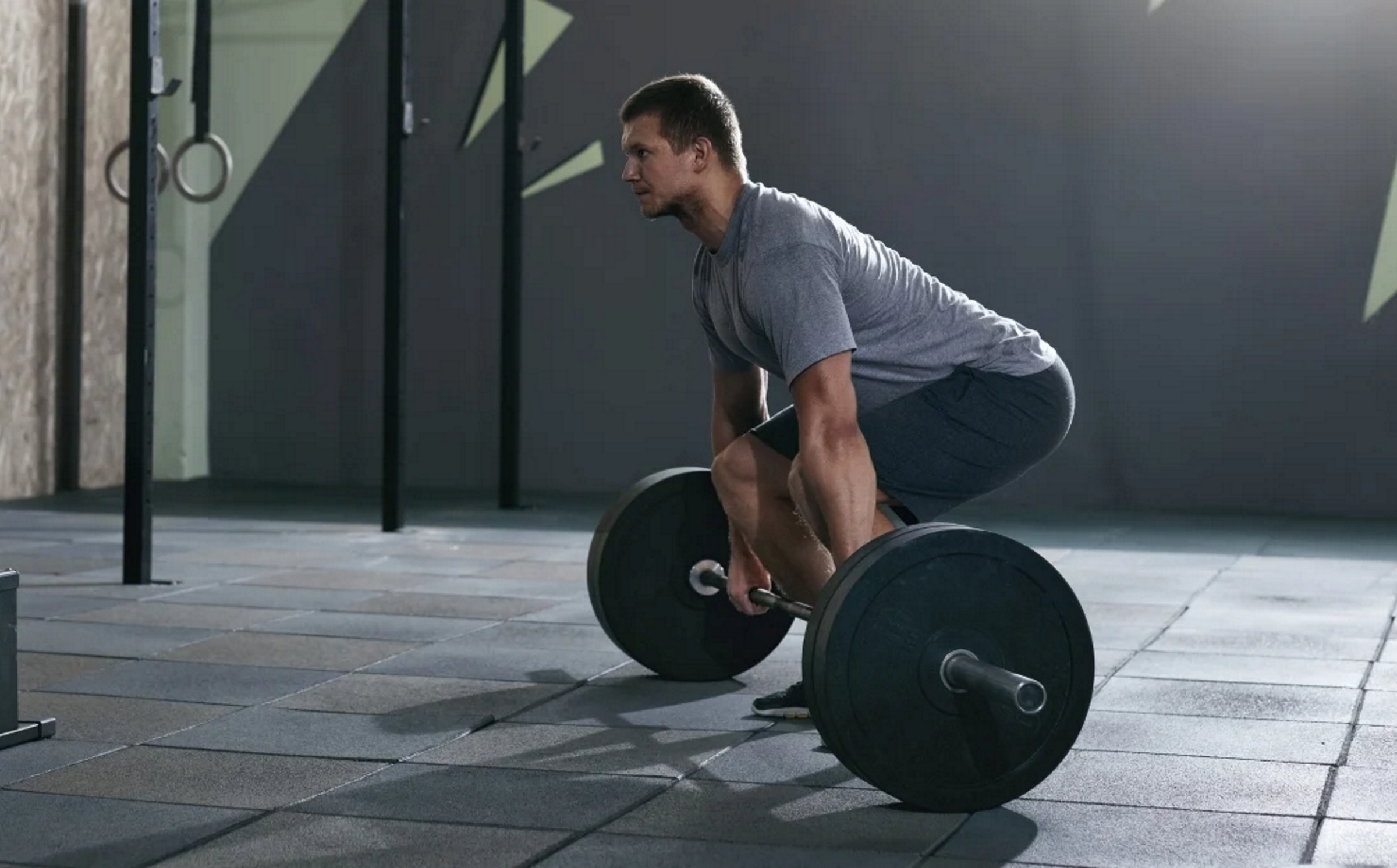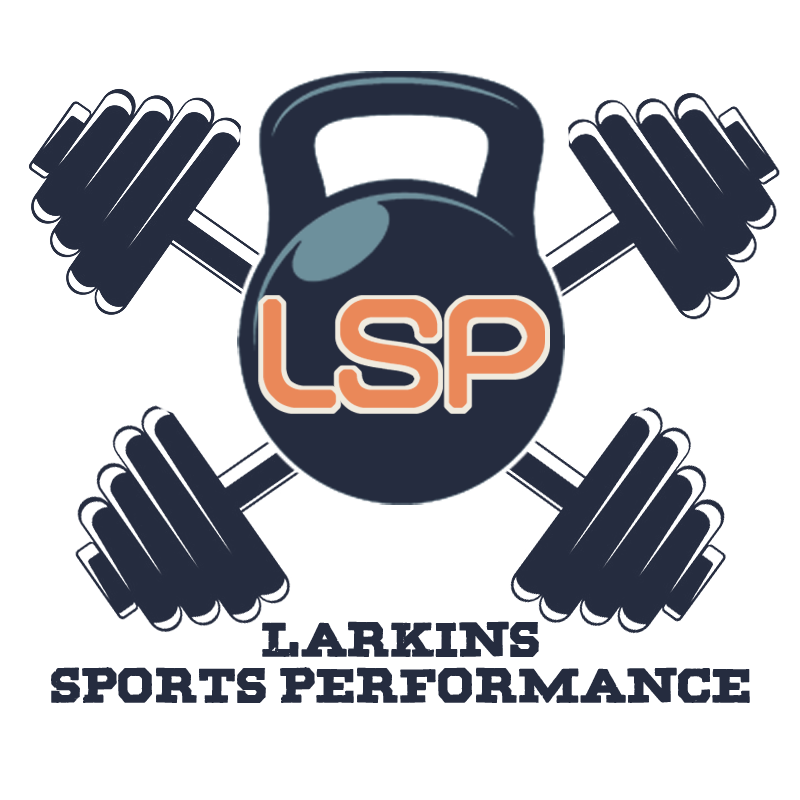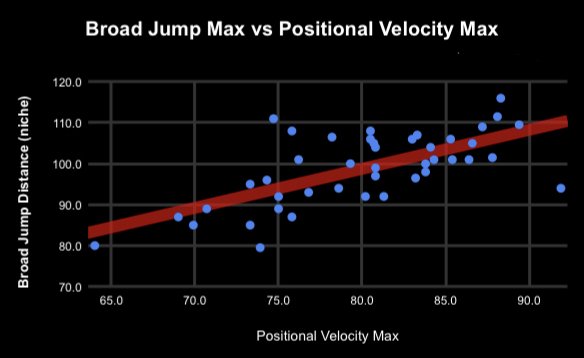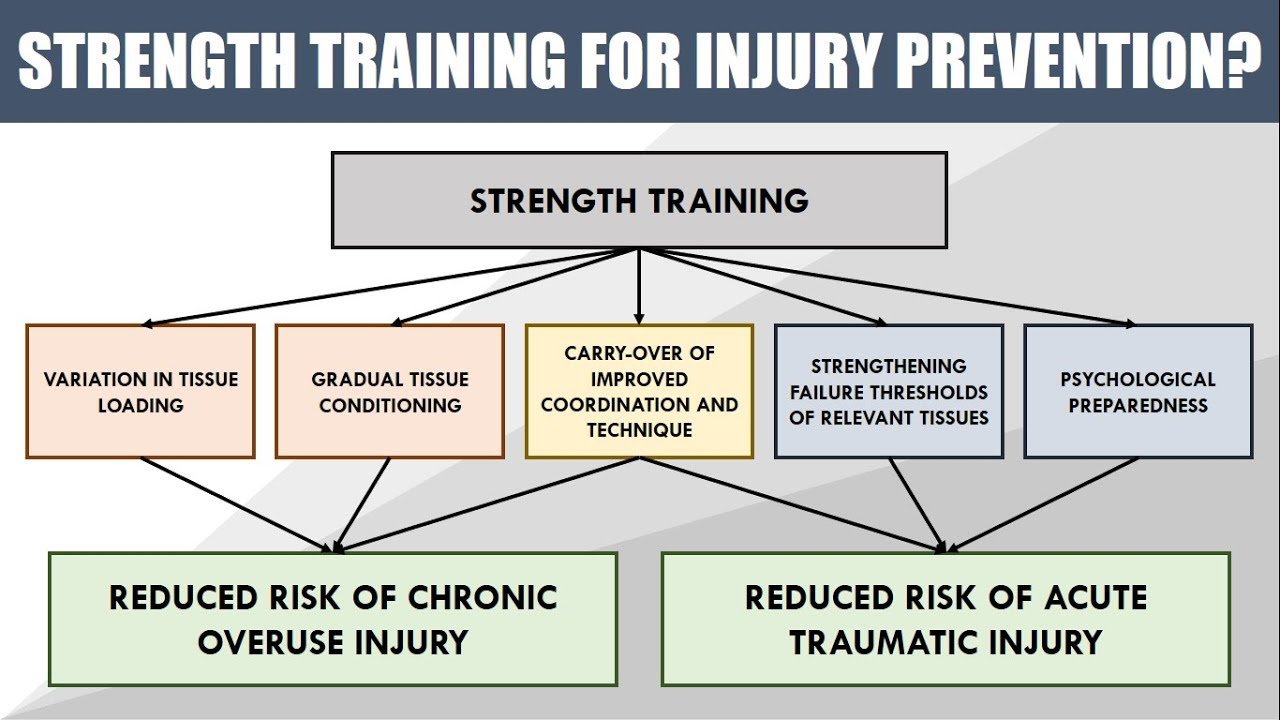Larkins Sports Performance was established to foster an environment of development, growth and change for people so inclined.
“Our mission is to provide a foundation for all participants to accomplish their unique set of goals, on their unique journey. Whether youth, college or professional athlete, former athlete trying to shed some extra weight, or a non-athlete looking to become the best version of themselves.”
Take a look below to see exactly what we can offer YOU!
"I find that the harder I work, the more luck I seem to have."
-- Thomas Jefferson
Our unique process is straight forward and meticulous.
Step 1: Needs analysis
Athlete’s Needs Analysis:
Injuries: Athlete history, Sport specific risks, injury screening an results
Baseline: Starting point, initial performance assessment
Normative Data: Comparison to peers, to pros, positional
Sports Specific Needs Analysis:
Physiological: Metabolic, Energy Systems, Cardiovascular, Respiratory
Biomechanical: joints, muscles, movements, vectors, forces, power, speed
Injury Risk: Mechanisms, common locations, sites, positional differences
Individual Training Plan Design (1 of 2)
Gather Data: Parents, Coach, Annual Plan, school schedule
Exercise Selection: Rationale, Justification, Progression
Principles: Individuality, Adaptation, Recovery, Overload, Reversibility, Specificity
Step 2: Our Assessments
All of our gym members partake in a goal, age, ability specific assessment. Our perspective, you can’t manage what you don’t measure. We measure and monitor key performance indicators to guarantee safe, consistent RESULTS on an efficient timeline, our clients around the world, have come to expect.
Below is an example of our baseline assessment for athletes. The assessments change based on age, sport, experience and if they’re a multi sport athlete, have specific goals or recent injuries.
Step 3: Individualized Development programs
We take the data points and the goals outlined in the assessment, and create a specific program for your athlete, predicated around:
1)The participants current set of physical attributes:
Core strength-muscular force production-strong body overall. We look for balance in the posterior and anterior chains. Due to the nature of Sport and daily life, athletes create a pattern overload in certain motor units, causing dysfunction in the body. We are constantly training the opposing muscle groups to create a healthier body from a structural perspective.
Energy Systems- Athlete's function at an elite level using 3 separate energy systems:
-bursts of speed: think cutting to a ground ball, changing direction: 0-10 seconds (ATP-PC System 20% of the average game)
-bouts of running lasting 5+ seconds: think Doubles, triples
-Aerobic Capacity: the ability to have the same stamina, recovery time, quickness, endurance in the later innings. (Aerobic System)
Our conditioning program specifically trains each energy system, In respect to the yearly plan for each athlete. Ensuring that they are peaking in the appropriate endurance protocols at the time it is needed most.
Speed: The ability to exhibit speed in multiple movement planes: forward, lateral, reverse and the capability to accelerate and decelerate efficiently. We break speed down into 4 components:
-Quick Feet
-Acceleration & Deceleration
-Lateral Acceleration
-Reaction time
Agility- agility is an accumulation of skills and improves explosive movement, allowing the athlete to change direction faster than the opponent.
Mobility- the ability to express the body essential movements with ease and fluidity. In the example of Sport: the ability to express a deep, full range of motion squat is crucial, why? This tells us the individual has proper ankle, knee, hip, back mobility. The inability to perform a functional squat tells us the athlete is:
A) losing force generation, while running they are slower, weaker laterally, not as stable while jumping, stopping, changing directions.
B) gravitating towards a mechanical overuse injury i.e.: groin pull, hamstring pull, lower back spasms, hip flexor inflammation, MCL or ACL injuries.
2) the realistic goal and physical changes than can occur before the start of the regular season
3) the goals for that season
5) previous injuries
6) predicted pattern overload injuries within the sport
8) stage in life cycle in this case pre/post pubescent
9) Sport specific skill set:
-slow first step
-weak trunk/core
-poor endurance
-hand eye coordination
-poor stabilization of joints: knees, shoulders, hips
10)current level of general physical fitness
12) areas specific to multi-year progress {i.e.: establishing healthy body mass index, whether it’s gaining weight or losing fat}
Accountability from Larkins Sports Performance to each client
Each of our development programs begins and ends with assessments. This enables our staff to guarantee results to the consumer, empowering our clients to invest their time with confidence.
Post assessment 1, we provide:
-an overview of your performance plan
-specific goals in each assessment area
-timeline/dates to reach goals
-upon 2nd assessment:
*We retest
*Share results, and categorical improvements
*Establish an updated needs analysis for the athlete
*Create new goals with an updated timeline
This method holds both Larkins Sports Performance staff and the client accountable to the process and the outcome we are all pursuing.
Client Assessment chart sample:











